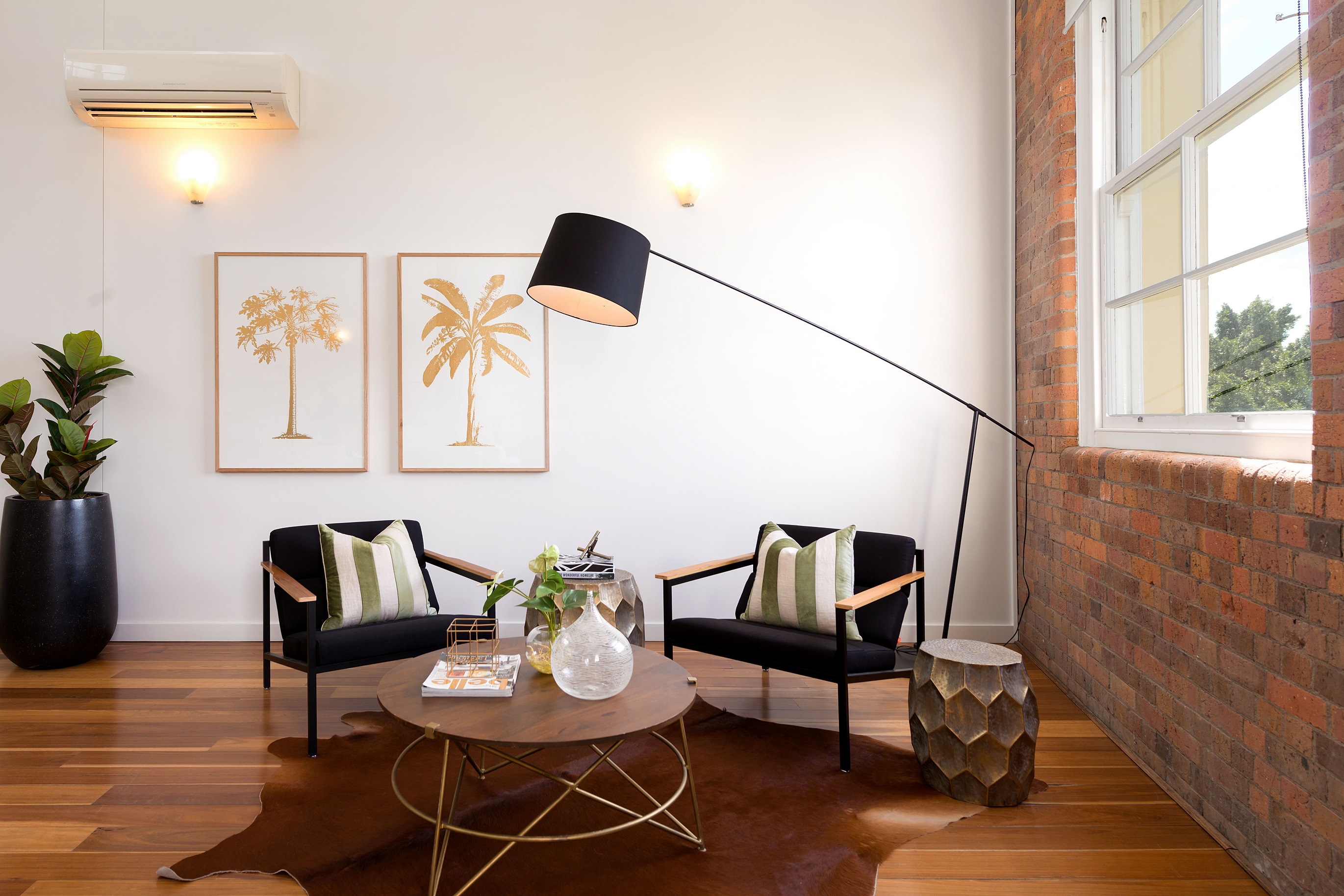The Australian build-to-rent model is gathering pace, according to a new report, with more new players deciding now is the time to grab investing opportunities in the burgeoning sector.
BIS Oxford Economics’ latest report showed that there are approximately 25,000 planned BTR units in development around the country, with around 5,000 expected to break ground annually between 2022 and 2023.
With BTR taking a bigger share of mooted apartment construction, this segment is anticipated to grow to over 10 per cent of the national new apartment supply by 2025, the report forecast.
Upon further analysis of the data, the report noted that BTR developments expected to commence in the financial year 2022-2023 were heavily weighted towards Melbourne, with the majority of announced projects clustered on the central business district fringe.
The same geographical trend in pipeline projects can be seen in Sydney and Brisbane, where BTR project commencements are also beginning to see an upward trajectory.
The report highlighted several factors that have contributed to the increasing momentum in the sector and its rise in popularity among Australian investors.
“Tightening rental markets, support from state governments, and an influx of external financing are all combining to boost the burgeoning sector,” the report stated.
Why is the BTR sector no longer under the radar?
Once hailed as an under-the-radar sector, the report said that Australian investors are now taking notice of the BTR model due to its resilient performance throughout the pandemic and are following the lead of several international markets, including the US and the UK.
“The model’s relatively safe, long-run rental revenue stream contributes to the attractiveness of BTR as an investment option, and is increasing the sector’s viability as an emerging non-core property asset class,” BIS Oxford Economics stated.
The report further explained that BTR developments have struggled to gain traction in Australia, primarily due to uncompetitive rental yields – a result of the tax concessions that are usually inclined towards owner-occupiers and household investors.
But the economics consultancy firm says that times have changed. It highlighted that some states’ and territories’ legislation has recently shifted in a favourable direction for developers, with the NSW, Victorian, and South Australian governments making changes to their tax legislation to support the sector.
And while other states have not yet moved to introduce any similar changes, the report noted that the ACT government has recently tackled a market-sounding process around the viability of the BTR model.
With this, the report struck an optimistic tone regarding the future of BTR in the country. “The pattern of favourable public policy support is likely to continue, and we believe [the] risk is weighted to the upside for unit rental growth,” it stated.
In terms of yields, BTR yields are now looking more attractive to investors as non-residential property yields in some sectors hit new lows, according to the report.
For comparison, the report cited that target yields for BTR developments have remained largely unchanged.
“Given the substitutability between investment in BTR projects and investment in other commercial properties, comparison with the yields earned on these asset classes is most relevant for BTR investment decisions,” it stated.
But despite the bright outlook for the sector, the head of property and construction forecasting for BIS Oxford Economics, Timothy Hibbert, dropped some words of caution for investors eyeing the BTR sector.
He said that while the short-term growth prospects for the sector are positive, there are headwinds that investors must brace for.
“In the medium-term, developers and investors face a range of challenges such as inflated build costs, rising interest rates, and surging bond yields,” he said.
On the upside, he said that if the current pattern of favourable legislation shifts will continue, the BTR sector will be positioned for strong growth in the long term.
*This post was originally published on https://www.realestatebusiness.com.au/property-management/23332-built-to-rent-developments-on-the-rise-report-says?utm_source=RealEstateBusiness&utm_campaign=26_04_22&utm_medium=email&utm_content=2&utm_emailID=ab130c69c5126a6448abab88bd0325ccd190f8840be3449e1de1fda03c878c2b




